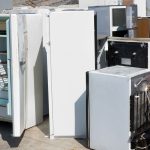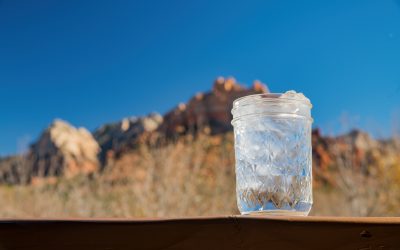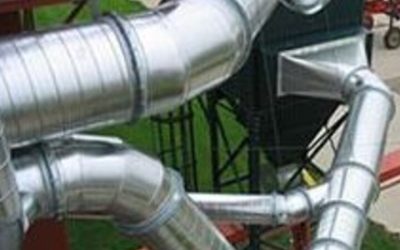For oil refinement or chemical companies, it is important to have a secondary containment system in case there is an onsite failure and the primary system starts leaking. The secondary system will then catch any spills or leaks that occur and place the oil or chemicals in containment tanks for temporary storage.
Regulating Containment Systems
The Environmental Protection Agency has strict guidelines for containment systems, including containment tanks. The purpose of the guidelines is to prevent oil or chemicals, from entering the navigable waterways of the United States. These waterways include oceans and rivers large enough to allow shipping operations on them. Secondary containment systems can also be used to help protect groundwater supplies or prevent leaks into publicly used rivers and lakes.
The secondary containment system regulations address bulk storage containers, mobile and portable containers, pipes, and equipment that stores oil. Although the EPA regulations specifically refer to oil spills, it is also necessary to have a back-up containment system in case of a chemical spill as well.
The EPA has two provisions to their regulations. The first one addresses spills and containment from all the regulated areas of a facility, and the second provision addresses spills in holding areas. The ways to contain spills and hold oil in back-up containment tanks are very specific, and companies must obey the EPA rules in order to keep from being fined or shut down.
Materials for Containment Tanks
Companies that make back-up containment tanks usually design them as round or rectangular in shape. This allows for assembly of the tanks around existing oil or chemical storage tanks. Containment tanks are smaller in size, holding anywhere from 5,000 to 24,000 gallons of oil, chemicals or wastewater if necessary.
Most companies use plastic to make their containment tanks and have galvanized components so they won’t corrode from exposure to the elements. This provides further safety for the environment surrounding the refinement plant or a chemical storage facility.
Whether it is water or land, it is important to keep oil and chemicals out of the ecosystem. If a spill occurs, it could affect fishing in the region or seep into groundwater supplies. Spills cost thousands of dollars to clean up, depending on the size of the spill. However, having secondary containment tanks as part of a backup system will help to prevent spills from adversely affecting the environment and save a company the costs of clean-ups.
Companies that do not comply with EPA regulations can be fined thousands of dollars until they put a secondary containment system in place at their facilities.








